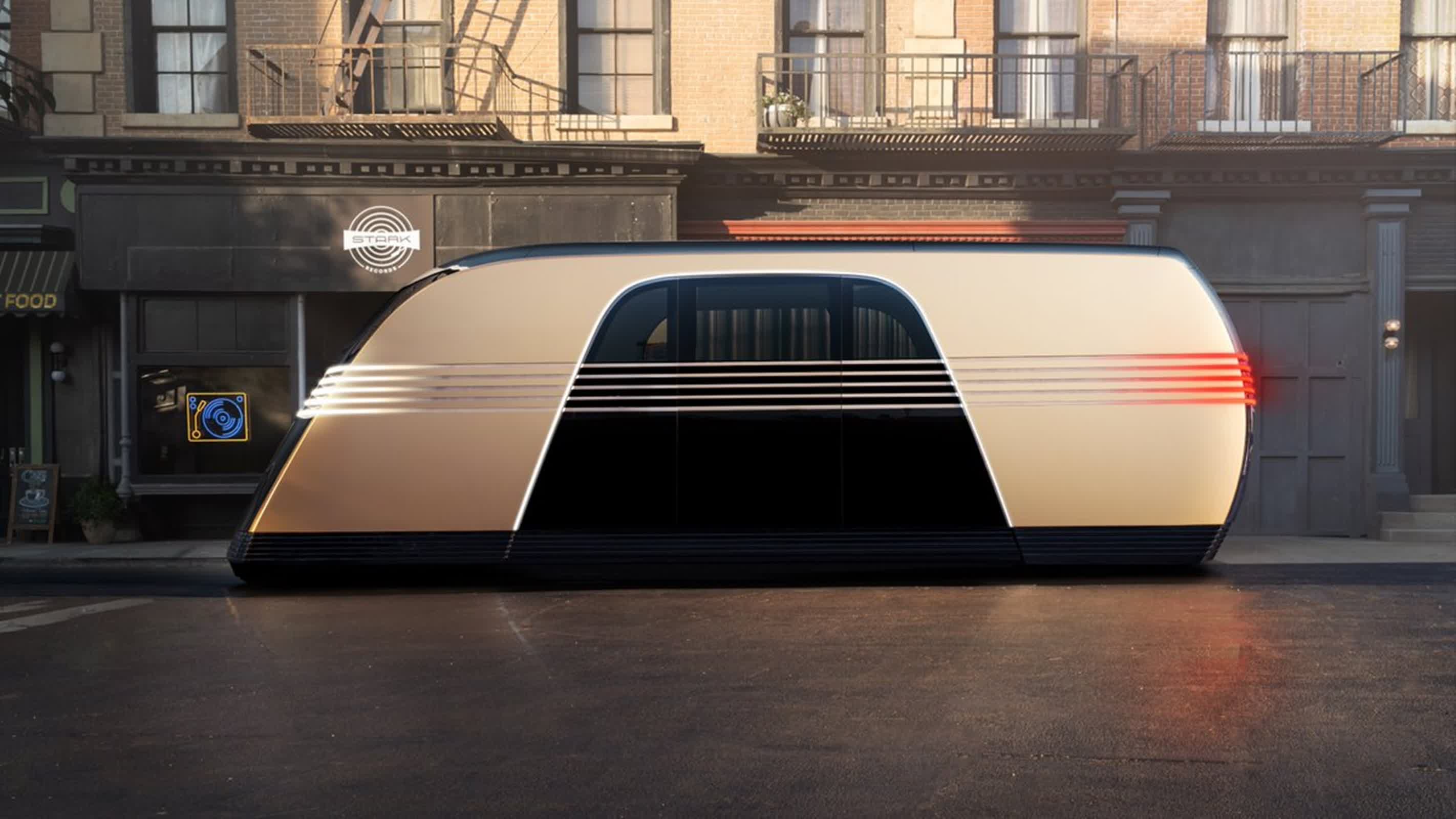Forward-looking: The Cybercab, with its sleek design and advanced capabilities, embodies Elon Musk's vision of a future where autonomous transportation is the standard. However, the journey from concept to widespread implementation will likely be filled with technological and regulatory hurdles.
This week, Tesla CEO Elon Musk unveiled the company's latest innovation, the Cybercab robotaxi, at the We, Robot event at Warner Bros Studios in Burbank, California. The tech mogul made a dramatic entrance by arriving at the sci-fi-themed function in the vehicle dressed in his signature black leather jacket and accompanied by a man in a space suit.
Tesla secured 20 acres of space at the studio lot, where it showcased 20 Cybercabs and 50 fully autonomous vehicles, giving attendees firsthand experience with the new cars. Meanwhile, human-like robots mingled with the crowd, serving drinks and performing a choreographed dance to Daft Punk's Robot Rock.
This Cybercab is fully autonomous, lacking traditional elements like a steering wheel and pedals. It features inductive charging capabilities and it is powered by an advanced onboard computer system. The vehicle's vibrant metallic design evokes classic science fiction vibes. During the presentation, Musk nodded to the iconic movie Blade Runner but said the future he envisions will be more optimistic than the film's darker themes.
Musk pegged production to begin between 2026 and 2027, with a projected cost under $30,000, making it accessible to a broader group of prospective buyers. He envisions the Cybercab as a critical component of "individualized mass transit," transforming how people navigate cities while reducing reliance on personal vehicles and parking spaces.
He sees a future where self-driving vehicles serve multiple purposes, functioning as personal transportation and on-demand taxi services. Cybercab owners could program their cars to provide ride-sharing services when not in use.

Musk also suggested that entrepreneurs could establish fleets of these vehicles, creating new competition in the ride-hailing market. He colorfully described this concept as akin to a "shepherd tending to a flock of cars," highlighting the potential for individuals or businesses to manage and profit from a group of autonomous vehicles operating as a coordinated unit in the transportation ecosystem.
"It's going to be a glorious future," he said.
Tesla also plans to bring unsupervised self-driving capabilities to its existing Model 3 and Model Y vehicles. Rollout could begin in California and Texas as early as next year, with expansion to other regions pending regulatory approval.
Musk also teased an autonomous Robovan (pictured above), designed to transport up to 20 people or cargo. He didn't go into the details. However, he did update the crowd on the Optimus project, saying that engineers have "made a lot of progress" on the humanoid robot's design. He expects that at scale, the robots should cost around $30,000.
